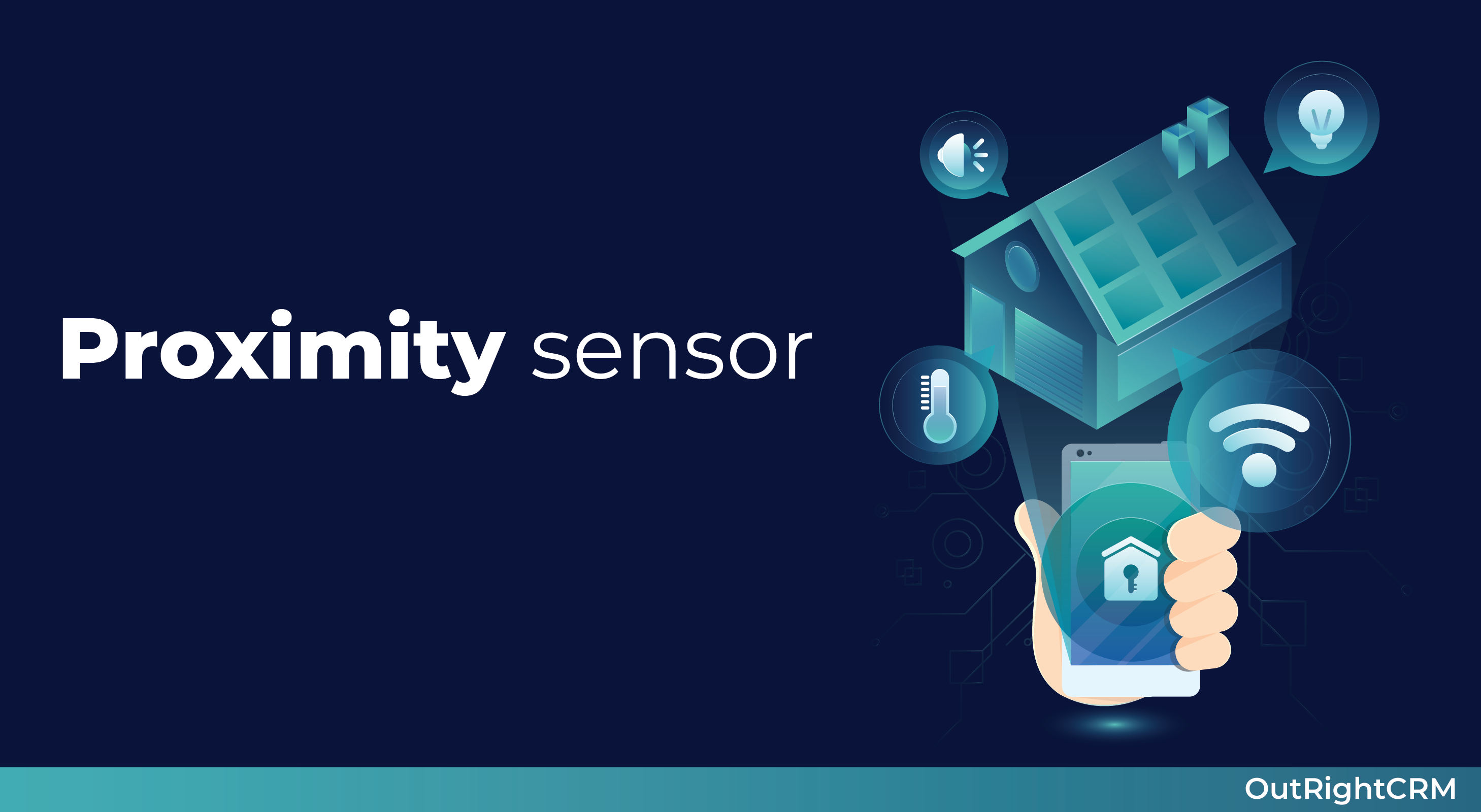Introduction
Proximity sensor are unique advancement technologies that are mostly applied in most organizations to determine the existence or lack of objects in the vicinity without making contact with them. These sensors are applied in the manufacturing process, robotics, automotive applications, and electronics among others.
This guide will provide an understanding of what proximity sensors are, the categories and varieties of such sensors, where they are commonly used, and the advantages they offer as well as answering some of the most common questions.
What are Proximity Sensor?
Proximity sensors are those which are used to measure the presence of an object from a certain area. They work based on the radiation or beam (for instance electromagnetic fields or light) and then measure the variation in the received signal as a method of sensing the object’s existence along with its distance.
In addition to contact sensors, proximity sensor do not make use of direct contact when determining how close they are to an object which is a benefit to any environment where contact is not preferred.
Types of Proximity Sensor
1. Inductive Proximity Sensor: These sensors operate by creating eddy currents into the metallic object that it is required to detect. They are familiar with applications in the industrial world to identify metal pieces in production lines.
2. Capacitive Proximity Sensor: These devices can be used to detect metallic as well as non-metallic objects and liquids through changes in capacitance. They are mainly employed in material-level detection types of applications.
3. Ultrasonic Proximity Sensor: Operating based on sound wave frequency, these sensors are appropriate to use where an object is to be sensed from a greater distance. They are most commonly applied in car manufacturing and are utilized for instance in parking assist technologies.
4. Photoelectric Proximity Sensor: These sensors employ the use of a light beam; this can be visible light or infrared to sense objects. It can be used with a wide range of applications such as uses in packaging to conveyor belts systems.
5. Magnetic Proximity Sensor: These are typically used for position sensing, and they will change their magnetic field when it sense that there are changes in the magnetic field; some of their uses are in the speedometer systems of vehicles.
Applications of Proximity Sensor
Proximity sensors are integral in automating processes and enhancing safety across many sectors:
Manufacturing: Applisten in detecting objects on conveyor belts for checking on quality and assembly lines.
Automotive: In cars they come in handy in automated parking, collision avoidance systems, touchless entry systems, voicing out results, and forty other tasks.
Consumer Electronics: Used in touch-enabled devices to lock the screen during calls to prevent the touchscreen from being touched accidentally.
Robotics: Facilitate the robots to gain awareness of the surrounding world and appropriately respond to this world.
Advantages of Proximity Sensors
NonContact Sensing: Reduces chances of wear and tear, especially from the contact sensors, making the duration, and thus reliability of the device longer.
Versatile Applications: Used in a variety of uses and can be used on any material that can accept the adhesive bond and can be used in any environment.
Increased Safety: Give a precise identification, thus providing a reduction in risk for mishaps within automated equipment.
Low Maintenance: They are not likely to require much maintenance owing to their noncontact nature hence making them a one-time cost solution.
Conclusion
In conclusion, proximity sensor are valuable in modern IoT sensors automation systems owing to several advantages that they present in many industries and practices. Knowing how they work, the different classifications, and where they can be used, therefore make a better-informed choice that suits your specific needs and optimum performance in your operations, safety, and reliability.
Proximity sensor - FAQs
1. How far can a proximity sensor of a proximity sensor detect?
This is because the detection range depends on the type as well as the specific features of the particular sensor in use. Inductive sensors are usually used with a limited sensing distance at most of a few centimeters while ultrasonic sensors can be used for sensing objects which are several meters away.
2. Are nonmetallic objects detectable by proximity sensors?
To that, capacitive and photoelectric proximity sensors are capable of detecting nonmetallic objects, for instance, plastics and liquids respectively.
3. Under which environmental conditions does the proximity sensor experience changes?
External conditions such as temperature, humidity, and the existence of dust affect the working of the sensors. One should choose a sensor that is immune to the environmental conditions within which the application will be used.
4. Are proximity sensors energy-efficient?
Yes, most of the proximity sensor are in the low power devices and are known to perform with low power consumptions needed for any battery-powered devices.
5. What are common issues of proximity sensor?
Disturbance from other objects, electrical noise, and mechanical inaccuracies are some of the challenges that are involved. These problems can be eliminated through the right installation and configuration of the computers



